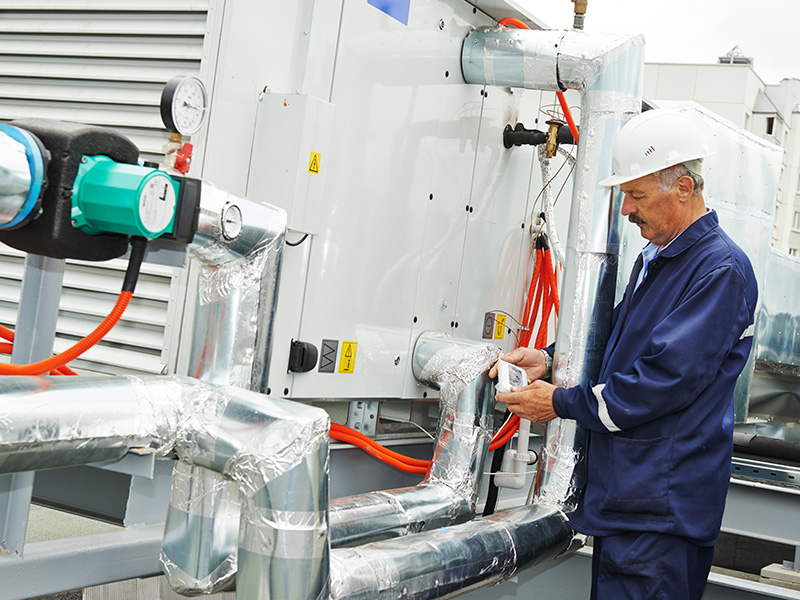Innovations in HVAC Systems: Creating Comfortable and Sustainable Spaces

Introduction (50 words): Heating, ventilation, and air conditioning (HVAC) systems play a vital role in maintaining comfortable indoor environments. However, as concerns about energy consumption and environmental impact grow, HVAC technology is evolving to provide efficient and sustainable solutions. In this article, we explore some unique innovations in the field of HVAC that are transforming the way we cool and heat our spaces.
- Smart HVAC Systems (100 words): One of the most significant advancements in HVAC technology is the integration of smart systems. These intelligent HVAC systems utilize sensors, machine learning algorithms, and automation to optimize energy usage. Smart thermostats, for example, can learn occupants’ preferences and adjust temperature settings accordingly. Additionally, these systems can detect occupancy patterns and adjust ventilation rates accordingly, leading to significant energy savings without sacrificing comfort. By analyzing data from multiple sources, smart HVAC systems can provide personalized comfort, reduce energy waste, and improve indoor air quality.
- Geothermal Heating and Cooling (100 words): Geothermal HVAC systems utilize the Earth’s natural heat to warm or cool buildings. By tapping into the stable temperature of the ground or groundwater, geothermal systems offer highly efficient heating and cooling solutions. These systems circulate fluid through underground pipes, exchanging heat with the earth, and then distribute it throughout the building. Geothermal HVAC systems consume less energy compared to traditional systems, making them an eco-friendly choice. They also offer long-term cost savings by reducing reliance on fossil fuels and minimizing greenhouse gas emissions.
- Advanced Air Purification Technologies (100 words): Indoor air quality has a significant impact on occupant health and well-being. To address this, HVAC manufacturers are integrating advanced air purification technologies into their systems. These technologies include UV-C germicidal lamps, electrostatic filters, and photocatalytic oxidation. UV-C lamps can neutralize viruses and bacteria, while electrostatic filters trap and remove particulate matter. Photocatalytic oxidation systems use UV light and a catalyst to break down harmful airborne pollutants. By incorporating these technologies, modern HVAC systems can provide cleaner and healthier indoor air, reducing the risk of respiratory illnesses and allergies.
- Hybrid HVAC Systems (100 words): Hybrid HVAC systems combine multiple energy sources to optimize efficiency. For example, a system can integrate traditional fossil fuel-based heating with solar or geothermal energy sources. This integration allows for flexible energy usage, maximizing renewable energy while ensuring consistent performance. Hybrid systems can switch between energy sources based on availability and cost, reducing reliance on non-renewable resources and decreasing greenhouse gas emissions. By incorporating renewable energy technologies into HVAC systems, we can make significant progress towards a sustainable and carbon-neutral future.
Conclusion (50 words): The HVAC industry is witnessing rapid advancements in technology, driven by the need for energy efficiency and environmental sustainability. Smart HVAC systems, geothermal heating and cooling, advanced air purification technologies, and hybrid systems are just a few examples of how innovation is transforming the industry. These developments are creating comfortable, healthier indoor environments while reducing our carbon footprint. As we continue to explore new possibilities, the future of HVAC looks promising, with a focus on both comfort and sustainability.

